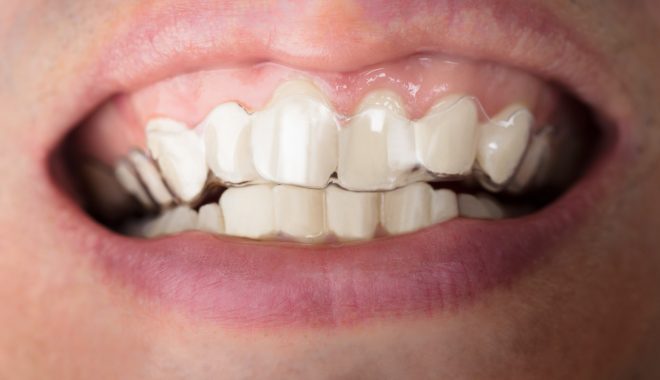Peak Smile Season Discount Coupon
Present this coupon to Penn Dental Family Practice at your appointment from February 20th to April 30th, 2024, for up to 15% off on one procedure in your treatment plan!

In contemporary orthodontics, there are two common options. Traditional orthodontics refer to the more well known treatment which includes metal wires and brackets. Invisible braces use clear plastic aligner trays to straighten teeth instead. Patients from all ages and walks of life may encounter a need for orthodontics at some point in their life. Discover the different features of traditional orthodontics and invisible braces to discover which may be a better option for you.
Get Your Appointment Now
We look forward to serving you and your family.
Orthodontics can begin for patients as young as six or seven years of age. At this stage, traditional orthodontic techniques can be used to hold spaces and perform other early interventions. Then, in adolescence, the traditional orthodontics approach can begin with the application of brackets, wires, and other elements of adjustment.
Traditional orthodontics treatment typically lasts anywhere from 24 to 36 months.
Traditional orthodontics are especially effective with adolescents and younger patients who may benefit from the forced compliance. Because the adjusting elements are typically bonded or cemented on, the patients are not taking them out of their mouths. Additionally, not all young patients require full orthodontics right away. Rather, they could be started with a few appliances for minor tooth movement and then move onto something more comprehensive later on as their smile develops.
Traditional orthodontics patients will come in every 3-4 weeks for adjustments once they’ve started active treatment. Patients tend to experience some discomfort after each tightening, an inevitable factor when moving teeth, but it is usually manageable with an over the counter pain reliever and tends to pass after a day or so.
Most insurance companies do cover orthodontics, especially for children. However, more and more insurance companies are beginning to offer coverage for adult orthodontics as well. At Penn Dental, our financial coordinator can help you navigate this process prior to beginning any treatment.

Although patients of any age can benefit from invisible braces, they tend to be most effective with adults who never had orthodontics as a child. This treatment offers a generally comfortable and convenient approach to the necessary dental adjustments.
Invisible braces treatment typically lasts an average of 9-18 months.
One of the most obvious advantages of invisible braces is the aesthetic aspect. Because you wear clear plastic alignment trays, you keep the appearance of your natural teeth. Additionally, you have to wear the trays for a shorter period of time, with an active treatment time frame of approximately 9-18 months. Patients also report that invisible braces tend to be more comfortable than traditional orthodontics.
Once active treatment has begun, patients with invisible braces typically come in every 6 weeks for adjustments. Some patients experience brief periods of slight discomfort, while others experience no discomfort at all.
